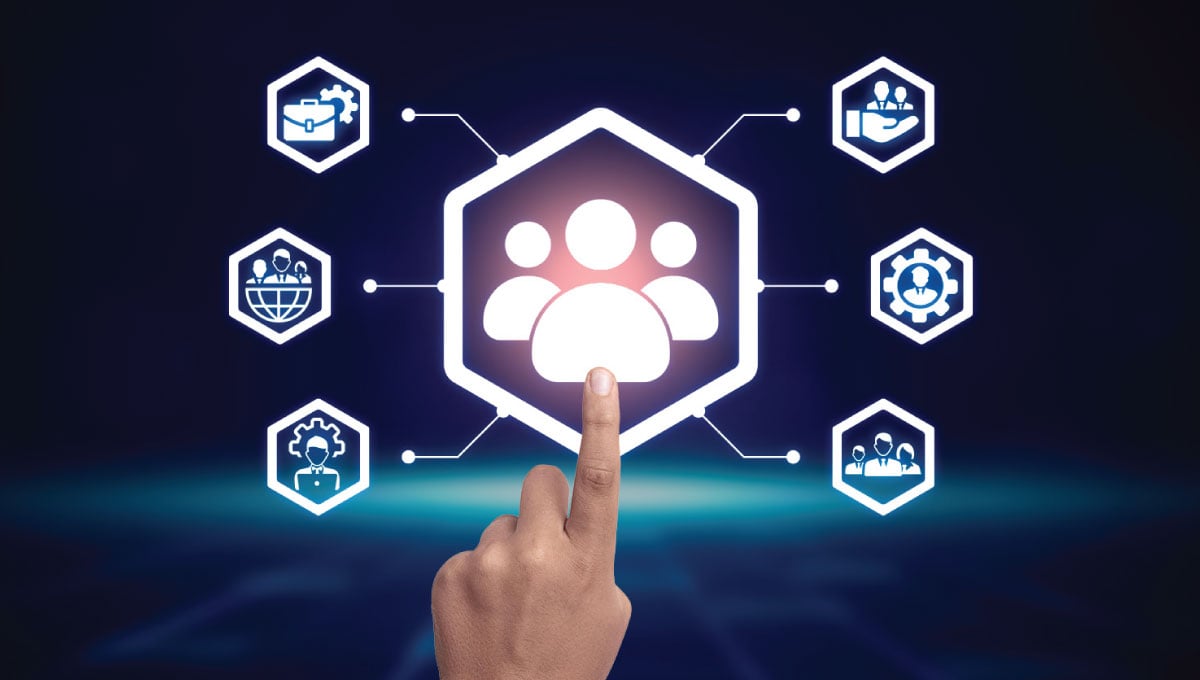
When I joined my first HR team 26 years ago, HR technology was about managing employee information on an online database so decision-makers could get reports and payroll could automate—tedious, time-consuming work.
The next wave of innovation was about employee self-service and making the software more accessible for them to use. Now, technology is a self-sufficient partner in all HR functions, mastering many independent tasks. In the past year, generative AI has taken on tasks that most companies couldn't accomplish without platoons of people or at all.
In this blog post, I'll give you an overview of how you can use the new AI skills embedded in your software to accomplish tasks beyond HR teams' reach.
Leveraging Technology and Tools for Competitive Success
You can now make your company nimbler and more competitive by aligning your talent strategy to business goals. Here are some ways to do that:
Talent Intelligence
You can use data and analytics to understand your workforce's current and future state and evaluate the external talent market. Gain insights into the skills, capabilities, preferences, and potential of your people and incoming candidates using AI-driven talent intelligence.
You can also identify talent gaps, risks, and opportunities in your organization and industry and use advanced tools to help you make better decisions on hiring, developing, engaging, and keeping talent. It will also help you optimize your processes. For example, you can use talent intelligence to:
- Assess your current and future skills needs and compare them with the skills availability and demand in the market.
- Manage talent acquisition costs by providing data on the cost-effectiveness of different recruitment strategies and sources.
- Evaluate your talent's performance, potential, and engagement to design personalized learning and career paths.
- Predict individual retention risks and develop interventions to mitigate them.
- Analyze your DEI metrics and implement strategies to improve them.
Dynamic Talent Allocation
This is your opportunity to overcome talent and skill challenges. Dynamic talent allocation assigns talent to projects, tasks, or roles based on their skills, availability, preferences, and business priorities. By using dynamic talent allocation, you can create a more agile and flexible organization that can adapt to changing market conditions and customer demand and seize opportunities as they arise.
You can improve your teams' productivity, efficiency, and innovation by matching the right talent to the right work at the right time.
- Create talent pools with similar skill groups to enable them to share knowledge and develop cross-functional skills. A leader who trains the people in the pool and assigns or offers projects can manage them. (Note: talent pools are unsuitable for stable teams like HR, payroll, and procurement).
- Create an internal talent marketplace where employees (and contract and temporary employees, if you wish) browse and apply for internal opportunities that match their skills and interests.
- Use AI-powered tools to recommend or assign employees to projects or tasks that suit their capabilities and goals.
- Encourage cross-functional collaboration and knowledge sharing among employees from different departments or locations.
- Provide feedback and recognition to employees for their contributions and achievements on various projects or tasks.
- Monitor your employees' workload, capacity, and utilization and optimize their allocation according to organizational priorities based on real-time data.
A Skills-Based Approach to Talent Development
Your modern tools will support a strategy of designing and delivering learning and development programs that build the skills most valuable for your business. This isn't a new concept, but until recently, most companies found changing their job hierarchies and competencies too labor-intensive.
Using a skills-based approach to talent development, you can create a workforce that meets your current and future challenges. You will also increase your employees' mobility and satisfaction when you help them gain new skills and keep up with changes as roles grow. When you couple that with internal mobility, you create the most effective way to increase engagement and reduce attrition. You can:
- Identify the roles that create value and align your best talent with those roles (the "Talent to Value" concept).
- Assess your current skill levels, identify skill gaps for development, and identify strengths to add to internal mobility profiles.
- Use AI-driven Adaptive Learning to design personalized learning plans for your people based on their skill needs and career aspirations.
- Deliver engaging and effective learning experiences aligned with the desired skill outcomes.
- Measure the impact of learning on skill acquisition, performance improvement, and business results.
By following these guidelines, you can align your talent strategy to business goals and make your company nimbler and more competitive. You'll also create a better employee experience that fosters engagement, retention, growth, and innovation.
Into Action
The speed with which you can get the right talent in the right place will affect your business. McKinsey & Company found in their Winning with Talent Survey that "very fast" talent allocators are 2.2 times as likely as their "slow" competitors to deliver positive returns to their shareholders.
Harnessing the power of analytics, data-driven insights, dynamic talent allocation, and a skills-based approach to talent development can open a world of possibilities.
Start now to get ahead of the digital transformation curve.
Phenom eCloud is a comprehensive technology solutions provider committed to empowering businesses to overcome challenges, enhance their workforce capabilities, and achieve superior outcomes.

-3.png?width=1200&height=391&name=MicrosoftTeams-image%20(10)-3.png)



Leave a Comment